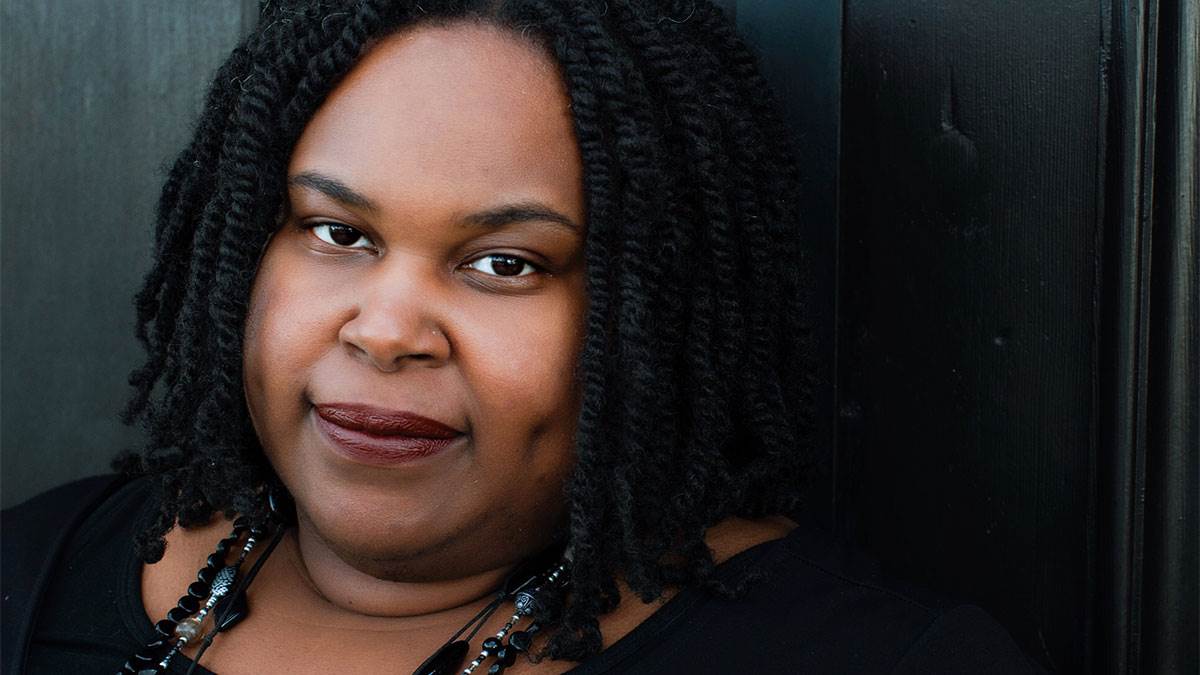Renée Watson interview: 'No character should be all good or all bad'
Published on: 04 September 2019
Bestselling author Renée Watson tells us about her latest book, Some Places More Than Others, and why she wanted to write a road trip story about complex families and their everyday lives.

What was the inspiration for Some Places More Than Others?
I wanted to write a daddy-daughter story. I was interested in exploring what would happen if a father and his daughter took a road trip together – what secrets would be exposed, what fun would they have? The more I played around with that idea, Amara’s story emerged and I realised that, yes, this would be a road trip story but more importantly, a story about a girl finding her roots and feeling connected to her family for the first time.
Some Places More Than Others is set in Harlem in New York City – do you have a childhood connection to this place?
I grew up in Portland, Oregon and always felt a fascination with New York City. As a child, I learned about the Harlem Renaissance and I wanted so bad to visit the place where black poets and artists thrived. I live in Harlem now, but didn’t get to experience it as a child. My relationship with Harlem has been living here for the past 15 years. I consider both Portland and Harlem home. I loved bringing those two places together in this novel.
What are some of the most fun things to do for kids in New York? Do you have a favourite bookshop there?
My all-time favorite NYC bookstore is Bank Street Bookstore. They are dedicated to children’s literature and their staff is always so helpful and in the know about different topics and hard-to-find titles. It’s also a special place to me because I had very first book event there when I published my debut picture book in 2010.
In terms of fun things to do for kids, when my nephew came to visit, I took him to the Central Park Zoo and Top of the Rock – where you can see a full view of the city, including the Statue of Liberty. I also love taking young people to Sugar Hill Children’s Museum in Harlem.
Your book is about families, heritage and home – did you draw on your own family relationships at all in writing it?
The actual specifics of Amara’s story – being the only child, a grandmother who is no longer living, not knowing extended family – is nothing like my personal experience. I am the youngest of five children and grew up in a family that openly shared stories about our past, our heritage.
The scenes in the book that most mirror my family are the moments when the characters are cooking together and sharing meals, going to church together and having intergenerational conversations. My family often gathers around food and music and we talk, laugh, and tease one another. On any given day in my family, you might have an elder in the room with little ones and teens, and 40-somethings all together learning from each other. I love that about my family and I wanted Amara to have a little bit of that.
What’s important when writing a realistic family?
I think it’s important to have nuanced characters. No character should be all good or all bad. Humans are usually a mixture and I wanted to show the complexity of family dynamics – especially when dealing with insecurities, loss and fear.
There’s a section in the book where each prominent character has a moment where they need to do better and a moment where they rise to their best selves. I think that balance is important.
What are your favourite fictional families in children’s books?
I love the stepsisters in the Two Naomis series by Olugbemisola Rhuday-Perkovich and I adore the family in Meg Medina’s Merci Suárez Changes Gears.
Topics: 9-11 years, 12+, Family, Interview, Features






Add a comment